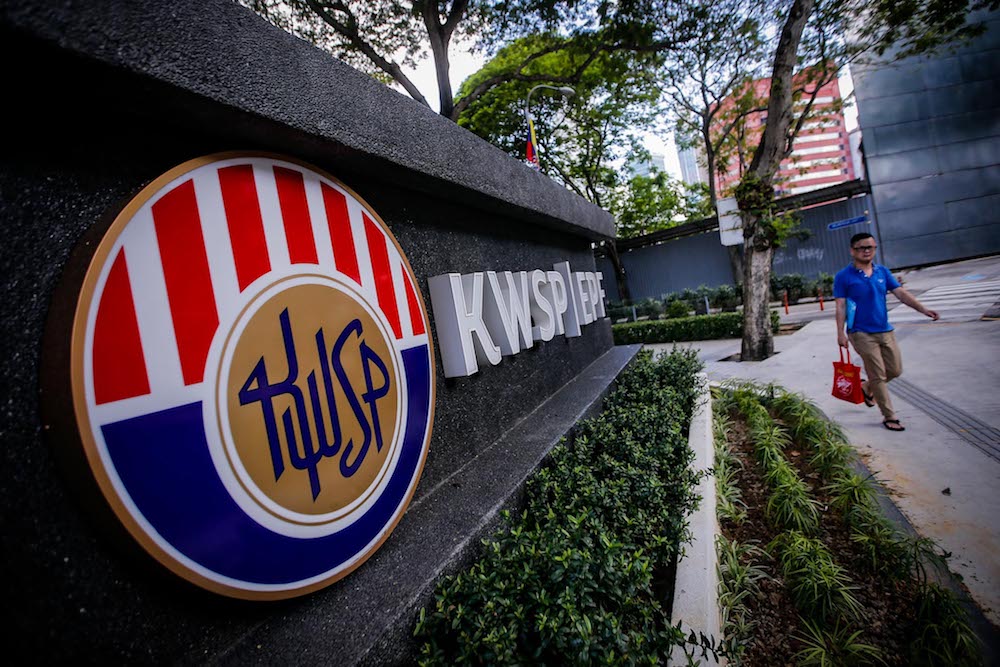FEB 17 — Although the announcement of the start of the Covid-19 vaccination programme is welcome news, there is a concern that the vaccine roll-out may have very little effect on economic growth or produce a speedy end to restrictions that are holding back business recovery.
The main concern from an economic perspective is that the first phase, quite rightly, targets frontliners but this group of 500,000 people are not in the engine-room of the economy. The second phase beginning in April is again quite rightly targeted at the elderly and other vulnerable groups but these are also not economically active.
The third phase affecting all adults, including foreign workers who are a key contributor to the economy, will only begin in May and run very slowly through to February 2022. So this will not reduce the problem among the economically active population quickly and we can expect extended restrictions for many months which are already taking their toll on 2021 growth prospects.
Nonetheless a structured plan for vaccinations does provide an opportunity for the government to decouple health policy from economic policy and address the impending economic problems that will hit in the next weeks and months.
Although the economy contracted by 5.6 per cent overall last year there were some signs of good news in the second half of 2020. After the rebound of Q3, there was continued improvement in Q4 with private consumption rising 0.8 per cent from the previous quarter, investment rising again up 5.2 per cent, exports 2.2 per cent higher and imports up 4.7 per cent. All of these quarterly changes suggest that the government stimulus packages may have begun to boost economic activity.
There was also good news in the inventory cycle with companies having low stock due to a fall by RM5.9 billion in Q4 following a similar cut of RM5.1 billion in Q3. At the start of the crisis companies had increased stocks involuntarily by RM6.6 billion in Q2 due to poor demand.
These green-shoots of recovery have withered in the sunlight because less than two weeks into the New Year Malaysians faced a second Movement Control Order (MCO 2.0) and lockdown from 13 January and the declaration of a State of Emergency set to run until 1 August. This has the effect of pushing the recovery phase, which had started in Q3, into the future by many months and taking a significant toll on GDP.
MCO 2.0 has been much more liberal than previous lockdowns and according to government estimates the impact is less severe costing RM700 million per day compared to RM2.6 billion for the previous MCO 1.0. Nonetheless the cost so far from 13 January to 18 February and extended to 4 March in the main economically active States will be RM35 billion, which we estimate is equivalent to 2.5 per cent of GDP.
Not only would this cut the notional official growth forecast for Malaysia from 6.5-7.5 per cent to 4.0-5.0 per cent for 2021 but it will seriously deplete private sector savings which pose a significant risk to recovery and signals structural changes in private sector balance-sheets.
The RM15 billion Permai stimulus package will not cover the losses due to MCO 2.0. It is not new money but is reallocated from the RM322 billion 2021 Budget already announced. It will also take some time to feed into the economy because it is spread across 22 programme themes and not, as would have been more sensible, a direct cash transfer into the hands of consumers.
To provide this direct cash to people in need, the EPF i-Sinar withdrawals will be crucial. Around RM24.5 billion is already confirmed and possibly RM12.9 billion more from applications still to be approved. This is RM37.4 billion overall, which is almost the same as the RM38 billion government “Covid-19 Fund” during 2020.
To begin with, this will pump RM13 billion confirmed and possibly RM6.6 billion to be approved into the economy quite quickly. A further RM17.8 billion will be made available later in the year. So the big stimulus is not a government stimulus it is a “rakyat stimulus” more like “kita-jaga-kita” or “we take care of ourselves.”
The big problem is that at the end of the process literally millions of Malaysians will find themselves with RM100 pension funds. Around 42 per cent of EPF contributors, more than 6 million people, had less than RM5,000 in their accounts according the Finance Minister Tenku Zafrul with 32 per cent of that group having less than RM1,000.
So far the average withdrawal under i-Sinar is 80 per cent of the maximum amount for those with less than RM100,000, which is 10.4 million people or 78 per cent of EPF contributors. The i-Lestari withdrawals are likely to have emptied the accounts of many eligible EPF members before i-Sinar began.
In addition to RM100 pension funds many will also face mounting debt, very slow economic recovery and ongoing labour market problems with lower wages, fewer jobs and greater competition from new workers entering the labour force.
This is likely to happen by the middle of the year and so we are in a “survival trap” now where people are literally living on their last resources which are quickly being depleted.
This is an issue that must be addressed now rather than waiting for the inevitable to happen. Since the public health plan is now in place with the vaccine roll-out already announced, it is time for the government to decouple health policy from economic policy and address the impending problem of private sector balances before the tipping point in the middle of the year when savings run out for millions of Malaysians.
* Dr Paolo Casadio, is an economist at HELP University and Professor Geoffrey Williams is an economist at Malaysia University of Science and Technology both based in Kuala Lumpur.
**This is the personal opinion of the writer and does not necessarily represent the views of Malay Mail.






















